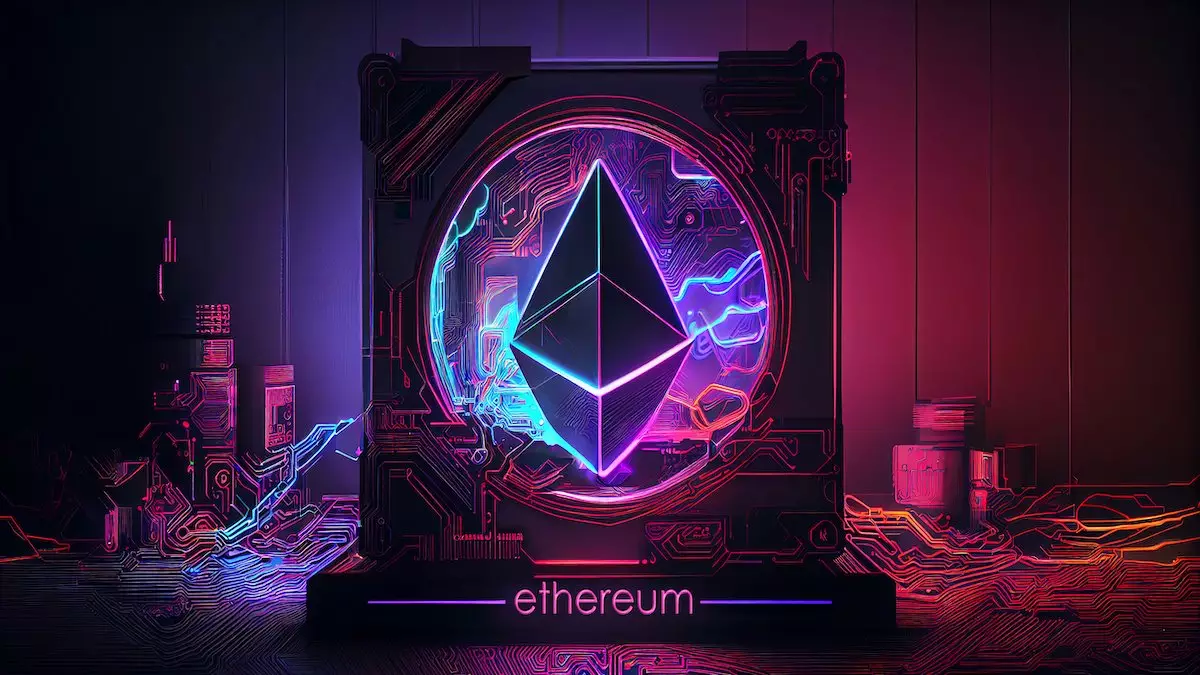The emergence of ERC404, a novel token standard in the blockchain space, has caused quite a stir within the crypto community. Its unique combination of ERC20 and ERC721 properties has propelled it to new heights, with an impressive $87 million in trading volume on decentralized exchanges in just its first week of existence. Additionally, NFT marketplaces have witnessed over $1 million worth of ERC404 tokens being traded. This article delves into the intricacies of ERC404 and explores why it has garnered such widespread interest.
Unraveling the ERC404 Standard
Pandora, being the inaugural project built on the ERC404 standard, offers an exceptional amalgamation of 10,000 ERC-20 tokens and an equal number of associated “Replicant” NFTs. However, what truly sets this project apart is the dynamic relationship between the tokens and NFTs. Every time a user purchases a full PANDORA token on an exchange, a Replicant NFT is minted to their wallet. Conversely, selling a PANDORA token results in the connected NFT being burned. This constant interplay creates a volatile market for these unique Replicants, fueling the demand for both tokens and NFTs and driving their value skyward since the project’s launch.
Unlocking the Potential
ERC404 introduces a groundbreaking concept by merging the principles of ERC20 and ERC721, endowing each Replicant with characteristics of both a token and an NFT. This stands in stark contrast to fractionalized NFTs, which merely allow partial ownership. Moreover, the standard significantly enhances NFT liquidity by enabling users to trade tokens on popular decentralized exchanges like Uniswap, which offers substantial liquidity. When a fungible token linked to an NFT is sold, the NFT is destroyed, fostering a dynamic market for rare Replicants. The immediate success of ERC404 is evident in the high trading volumes and substantial fees it has generated for liquidity providers on Uniswap. Notably, marketplaces like Blur have swiftly integrated this standard, while other platforms and NFT projects are following suit. The future potential of ERC404 is seemingly limitless, as more projects embrace this groundbreaking standard.
ERC404 represents a significant leap forward in merging the distinct attributes of ERC20 and ERC721 standards. The impact of its inaugural project, Pandora, on the crypto community is undeniable, reaffirming the immense potential of this new token standard. As an increasing number of platforms and projects adopt ERC404, we can anticipate even higher trading volumes and a dynamic market for rare NFTs. It is crucial to keep a watchful eye on this emerging standard as it continues to shape the landscape of crypto and NFTs, paving the way for further innovation and growth. ERC404’s arrival signals a new chapter in the realm of token standards, unlocking countless possibilities for the future of blockchain technology.

